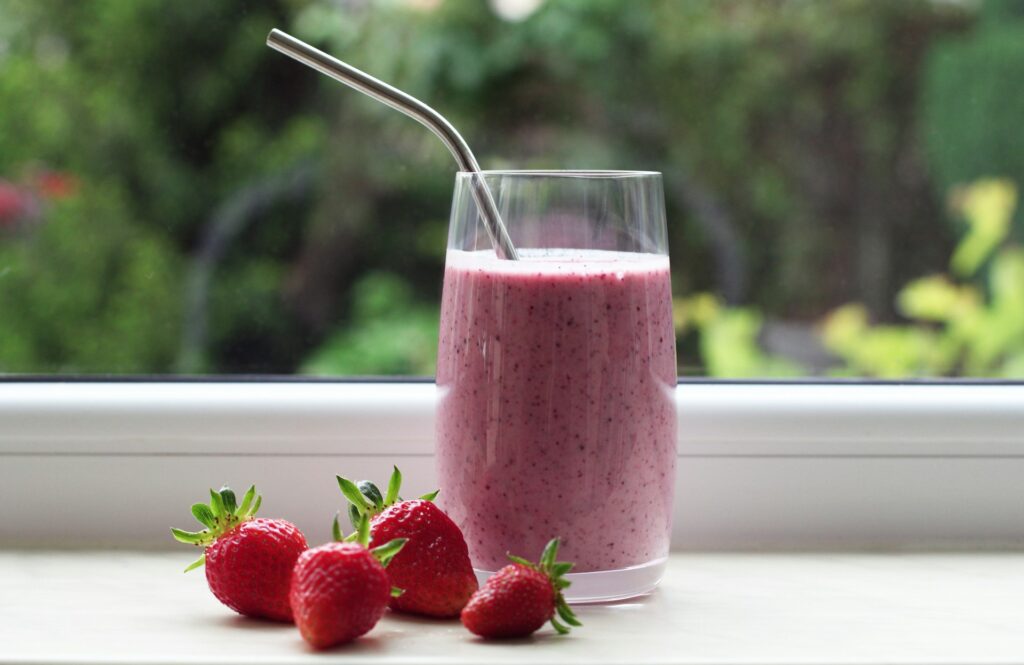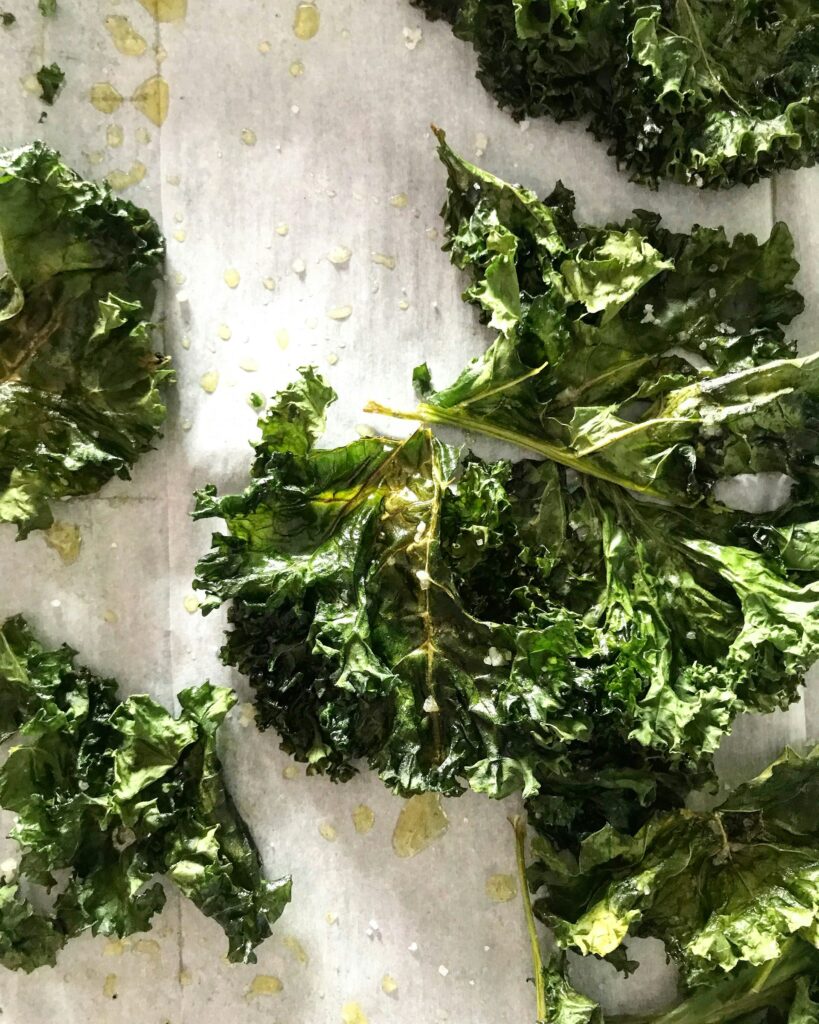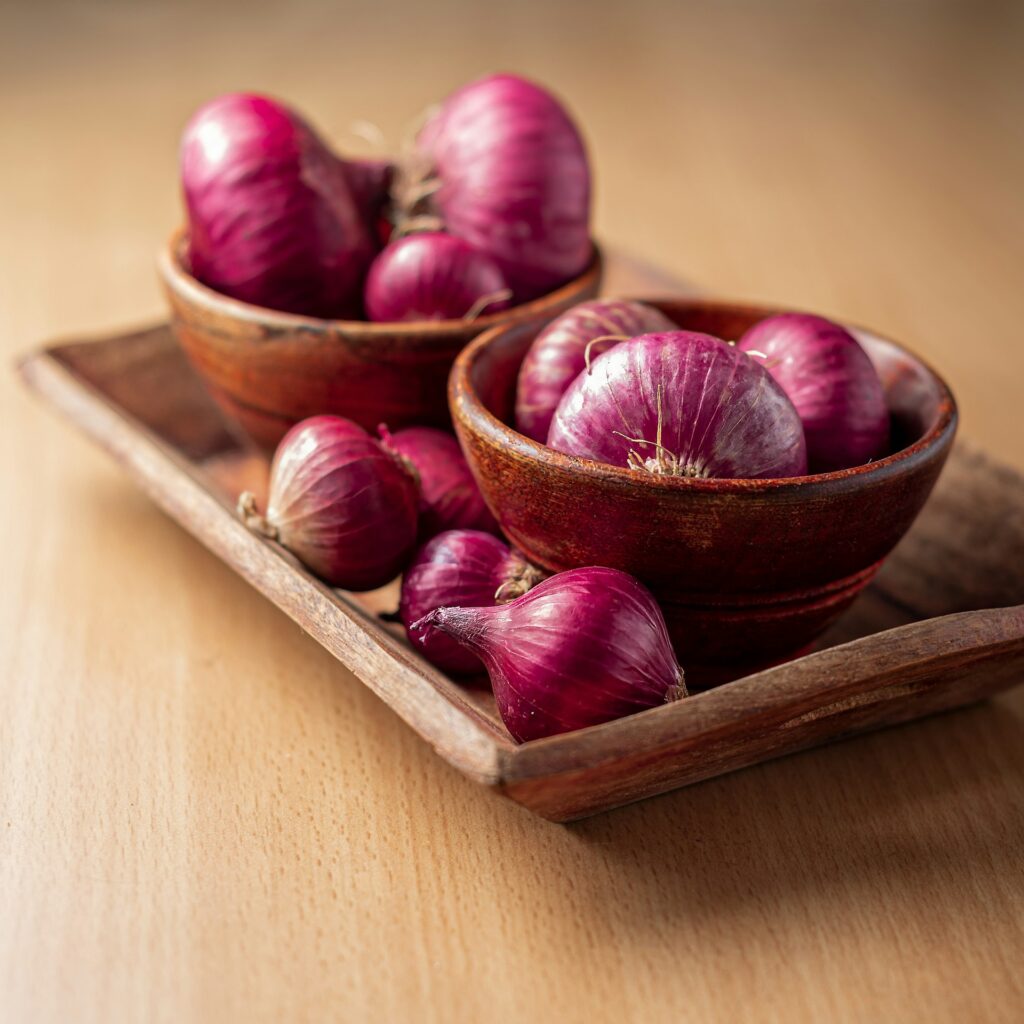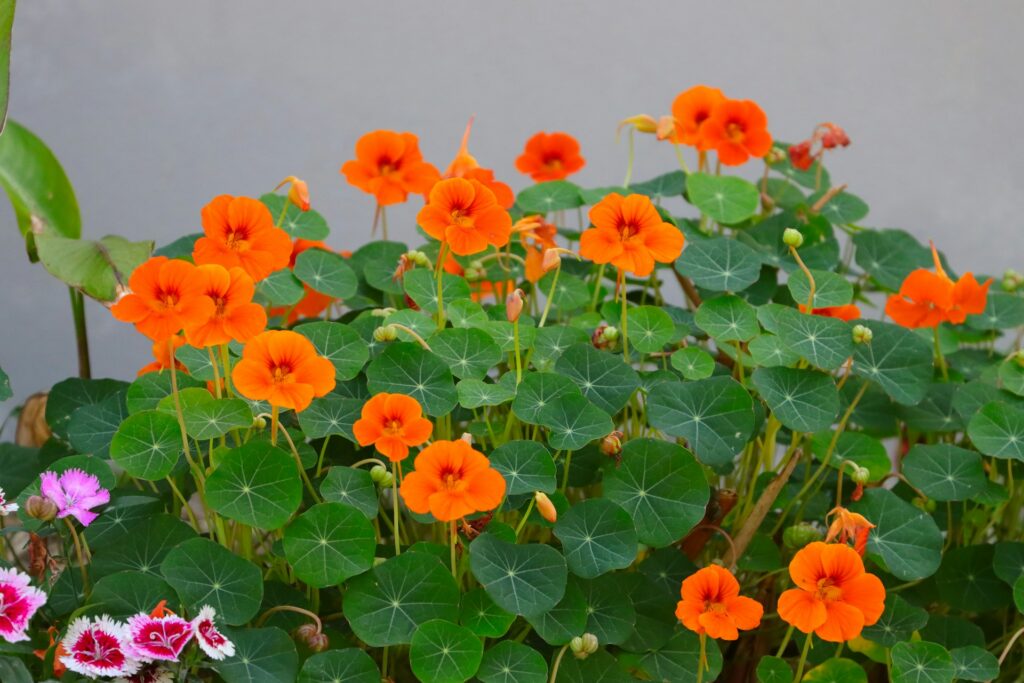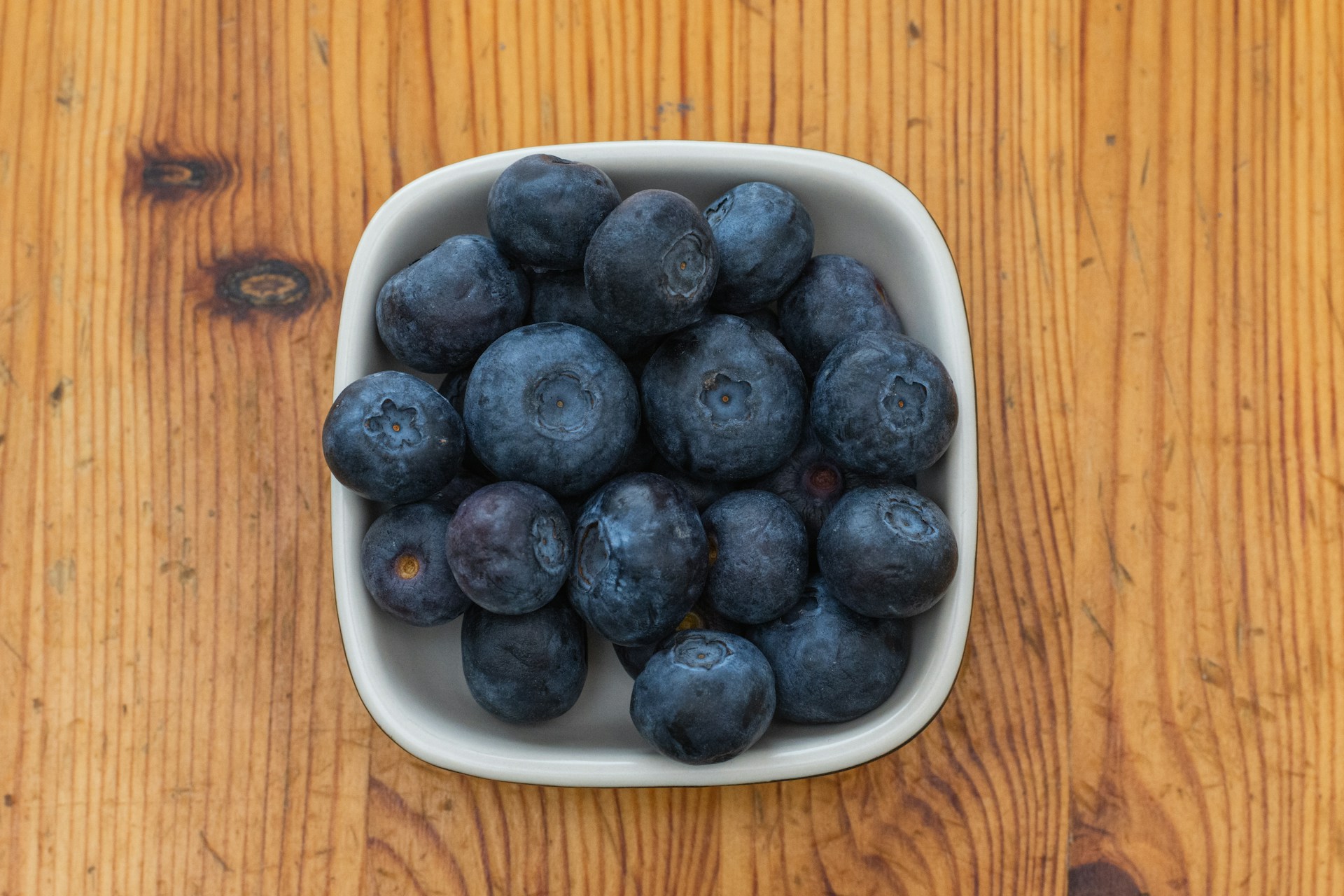
Blueberries are a popular fruit known for their sweet taste and numerous health benefits. One common question about these berries is whether they contain seeds. Indeed, blueberries do have seeds, typically around 10 to 15 small, soft seeds that are hardly noticeable when consumed. These seeds are essential for the propagation of the plant, as they are the means through which blueberry bushes can produce new offspring.
The size and number of seeds within each blueberry can vary depending on the variety of blueberry plant. Cultivated blueberries, which are commonly found in grocery stores, often have smaller seeds than their wild counterparts. These seeds contribute to the nutritional value of the fruit, as they contain oils rich in antioxidants and beneficial compounds. While the flesh of the fruit provides vitamins, fiber, and other antioxidants, the seeds add their own health benefits to the overall nutritional profile of blueberries.
Key Takeaways
- Blueberries contain small, soft seeds that are essential for plant propagation.
- Seed size and number can vary between cultivated and wild blueberry varieties.
- Blueberry seeds enhance the fruit’s already robust nutritional profile.
Botanical Profile of Blueberries
Blueberries are a diverse group of fruit-bearing plants, each with distinctive seed attributes and geographical adaptations that affect their cultivation and growth.
Species and Varieties
Blueberries belong to the genus Vaccinium, which encompasses several species, including lowbush (Vaccinium angustifolium), highbush (Vaccinium corymbosum), and rabbiteye (Vaccinium virgatum) varieties. The lowbush blueberries are often found growing wild in northeastern North America and are famous for their cold hardiness. Highbush blueberries are cultivated more extensively and are the common commercial variety, while rabbiteye blueberries are native to the southeastern United States and are adapted to a warmer climate.
- Lowbush (Wild): Small, sweet berries adapted to cold climates.
- Highbush (Cultivated): Larger berries, the main commercial crop.
- Rabbiteye: Heat-tolerant, larger bushes with a longer growing season.
Anatomy and Seed Characteristics
Blueberry plants grow as bushes, with berries typically bearing seeds. The seeds are small, ranging from about 0.5 to 1.5 mm in size, and are found inside the fruit. Each blueberry can contain numerous seeds, varying slightly in shape and size depending on the species and cultivars. For the most part, seed visibility is minimal due to their size and the dark, rich color of the fruit’s flesh.
- Seed Visibility: Not easily seen, embedded in fruit.
- Shape: Small, ovoid to angular.
- Color: Light to dark brown.
- Texture: Hard, surrounded by soft fruit flesh.
Given the right climate and care in planting, these bushes can yield a significant harvest. Blueberries thrive in well-drained, acidic soils, which is paramount for optimal growth and fruit production. Huckleberries and bilberries are close relatives, often confused with blueberries, but they differ in taste, texture, and botanical characteristics.
Cultivation and Care
Effective cultivation of blueberries involves precise soil and water management, accurate planting techniques, and careful attention to sunlight exposure and pruning practices.
Soil and Water Requirements
Blueberries thrive in acidic soil with a pH between 4.5 and 5.5. The soil must be well-draining yet capable of retaining moisture to keep the roots moist. For optimal growth conditions, gardeners should:
- Test soil pH and amend with sulfur if it is too alkaline.
- Ensure consistent moisture by employing a drip irrigation system, avoiding over-watering, and providing adequate drainage.
Planting and Propagation
To successfully propagate blueberry plants, one can start with cuttings or purchase saplings. When planting, it is critical to:
- Space the plants about 4-5 feet apart to allow for growth and air circulation.
- Plant at the same depth as the container they came in to prevent root suffocation.
Propagation through cuttings involves:
- Taking healthy, non-flowering shoots and treating them with rooting hormone.
- Planting the cuttings in a mix of peat and perlite to germinate and establish roots.
Sunlight and Pruning
Blueberries require full sunlight for a minimum of six hours daily to maximize fruit production. Pruning is essential to maintain plant health and encourage bountiful harvests. The guidelines include:
- Pruning: Annually remove dead or weak branches to stimulate new growth.
- Sunlight Exposure: Position plants in a sunny location, avoiding shaded areas which can reduce yield.
Health Benefits and Nutritional Content
Blueberries are celebrated for their high levels of vitamins, antioxidants, and dietary fiber, as well as a bounty of minerals, contributing to their powerful nutritional benefits. They are a nutrient-dense fruit that supports overall well-being.
Vitamins and Antioxidants
Blueberries are rich in vitamin C and vitamin K, and they contain a notable antioxidant profile. The antioxidants in blueberries, including anthocyanins, help protect the body from free radicals, which can lead to chronic diseases.
Blueberries’ Vitamin and Antioxidant Content:
- Vitamin C: Essential for immune function and skin health.
- Vitamin K: Important for blood clotting and bone health.
- Antioxidants: Combat oxidative stress and may reduce the risk of disease.
Dietary Fiber and Minerals
Blueberries are also a good source of dietary fiber, contributing to digestive health. The fiber in blueberries can aid in maintaining a healthy gut and regular bowel movements. They provide essential minerals like iron, phosphorous, calcium, zinc, manganese, and magnesium, which are crucial for maintaining a healthy body.
Mineral Content in Blueberries:
- Iron: Necessary for oxygen transport in the blood.
- Phosphorous: Aids in the formation of bones and teeth.
- Calcium: Vital for bone health and muscle function.
- Zinc: Supports the immune system.
- Manganese: Involved in bone formation and nutrient metabolism.
- Magnesium: Important for many biochemical reactions in the body.
Harvesting and Culinary Uses
Blueberry harvesting requires gentle techniques to protect the delicate skin of the fruit, while culinary uses of blueberries are diverse, ranging from fresh consumption to inclusion in various recipes for added flavor.
Harvesting Techniques
Blueberries are typically harvested by hand or with the help of mechanical harvesters. The berries grow in clusters on the bush and are ripe when they take on a uniform blue color and can be easily plucked from the stem. Hand-picking allows for selective harvesting, ensuring that only the ripest berries are gathered and reducing damage to both the berries and the plant.
- Manual: Carefully select fully ripe blueberries, and gently twist them off the bush.
- Mechanical: Use specialized harvesting equipment designed to shake ripe berries off the bush while minimizing damage.
Blueberries in Cooking
Fresh blueberries are a popular edible ingredient that can enhance the flavor profile of various culinary creations. Their sweet and slightly tangy flavor pairs exceptionally well with breakfast dishes such as muffins, smoothies, yogurt, and oatmeal. Beyond breakfast, chefs incorporate blueberries into sauces, desserts, and salads.
- Breakfast:
- Muffins: Fold fresh blueberries into the batter before baking.
- Smoothies: Blend with other fruits for a refreshing, nutrient-rich drink.
- Yogurt/Oatmeal: Sprinkle on top for a burst of natural sweetness.
- Culinary Enhancements:
- Salads: Mix into greens for added sweetness.
- Sauces: Puree berries to create a sweet or savory sauce for desserts or entrees.
Preservation and Storage
Blueberries have a relatively short shelf life when kept at room temperature. To extend their freshness, they can be stored in the refrigerator or preserved through freezing or canning.
- Refrigeration: Store blueberries in a moisture-proof container for up to a week.
- Freezing: Spread them in a single layer on a baking sheet to freeze before transferring them to an airtight container. Freezing can help preserve the blueberries’ flavor and pulp for several months.
- Canning: Convert blueberries into jams or preserves to enjoy their flavor year-round.

